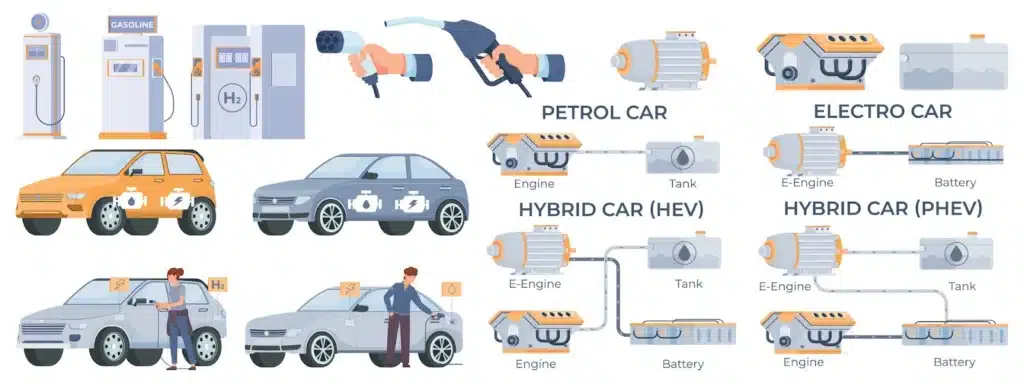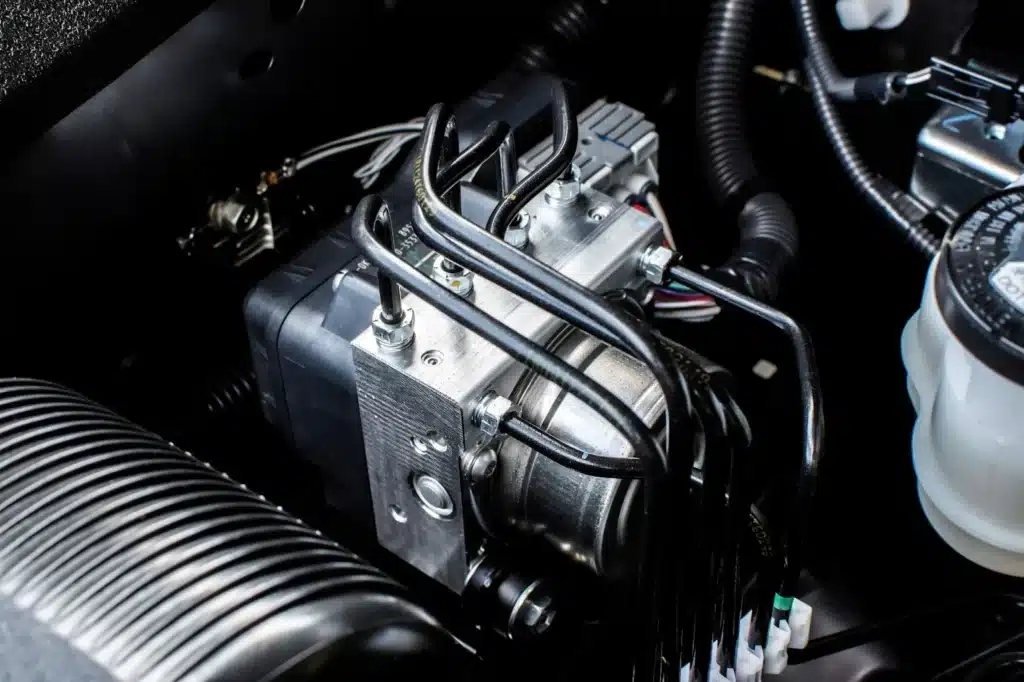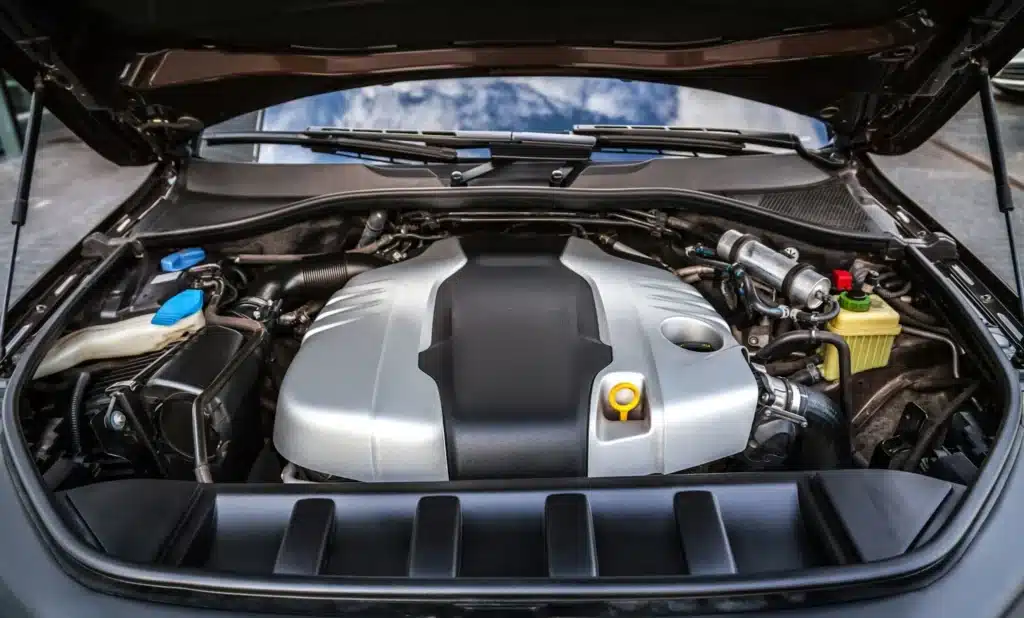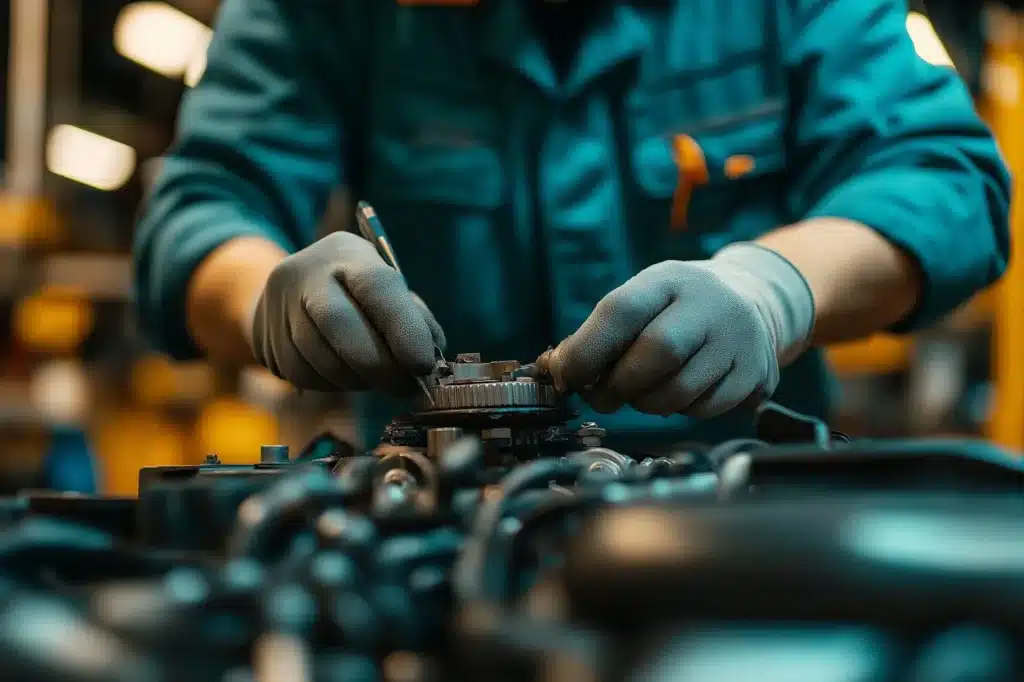Hybrid electric vehicles (HEVs) blend a gasoline engine with an electric motor. Their battery gets recharged through both regenerative braking and the engine itself. This setup offers better fuel economy and lower emissions. HEVs don’t need external charging stations.
Instead, they recharge during driving and braking. This makes them convenient for everyday use. Regular maintenance is key to keeping HEVs running efficiently. Servicing ensures all components work together smoothly.
Neglecting service can lead to reduced performance and higher costs. It’s important to service a hybrid electric vehicle system regularly.
This article will guide you through HEV maintenance basics. You’ll learn about key components and service intervals.
We’ll also discuss typical problems you might encounter and simple ways to fix them. Knowing how to care for your HEV not only boosts its performance but also helps it last longer and stay safe on the road.
What is a Hybrid Electric Vehicle System?
A hybrid electric vehicle (HEV) uses both a conventional gasoline engine and an electric motor to move the car. This dual-power setup improves fuel economy and cuts down on emissions.
Instead of relying on external charging, HEVs recharge their batteries using regenerative braking and power from the gas engine.
Basic Components of an HEV
- Internal Combustion Engine (ICE)
The ICE provides power when higher speeds or additional acceleration are needed. It also assists in charging the battery during certain driving conditions. - Electric Motor
The electric motor powers the vehicle at lower speeds and during stop-and-go traffic, offering a quiet and efficient driving experience. It also acts as a generator by capturing energy during regenerative braking. - Battery Pack
This stores energy for the electric motor. The battery is recharged through regenerative braking and by the ICE, ensuring a continuous power supply without external charging. - Power Control Unit (PCU)
The PCU manages the flow of energy between the battery, electric motor, and ICE, optimizing performance and efficiency based on driving conditions.
Also read: DIY Turbo Installation Guide: Step-by-Step for Beginners in 2025
Types of Hybrid Systems
- Series Hybrid
In this setup, the wheels are powered solely by the electric motor.The ICE acts solely as a generator to produce electricity for the motor or to recharge the battery. This setup is efficient for city driving and offers a smooth, electric-like driving experience. - Parallel Hybrid
The internal combustion engine and electric motor are both linked to the drivetrain, allowing them to operate the vehicle separately or at the same time. This configuration is efficient for highway driving, where the ICE can maintain higher speeds while the electric motor assists during acceleration. - Series-Parallel Hybrid
This setup blends elements of both series and parallel hybrids, allowing the vehicle to run on the electric motor, the internal combustion engine, or a mix of both based on driving needs. This flexibility allows for optimised fuel efficiency and performance across various driving scenarios.
Understanding these systems is crucial when considering how to service hybrid electric vehicle systems effectively. Each configuration has unique maintenance needs, and proper servicing ensures longevity and optimal performance.
Also read: 10 Jet Fuel Efficiency Tips You’ll Actually Want to Use
Key Components of HEV Systems

Hybrid electric vehicles use a mix of components that work together to power the car efficiently. Here are the key parts:
Electric Motor/Generator
It drives the wheels and also generates power during braking.
Inverter/Converter
It changes electricity between DC and AC for the motor and battery.
High-Voltage Battery
Stores energy to run the electric motor and supports fuel savings.
Regenerative Braking System
It recovers energy during braking and channels it back to recharge the battery.
Each part plays a role in boosting fuel economy and lowering emissions.
Importance of Servicing HEV Systems

Taking care of your hybrid car isn’t just a good idea. It’s necessary. When you service a hybrid electric vehicle system, you help everything run smoothly and safely.
Why Regular Maintenance Matters
- It keeps your car performing at its best
- Helps your hybrid last longer
- Ensures the safety of you and your passengers while driving.
What Happens If You Skip It
- You might notice a drop in fuel efficiency
- Parts like the battery or motor could fail
- And in some cases, safety systems may stop working right
In summary, regular maintenance helps safeguard both your car and your finances.
Also read: 7 Key Signs Your Turbo Needs Replacement
Common Maintenance Procedures for HEVs

Keeping a hybrid in good shape isn’t too hard, but it does take routine care.
Here are some common services every hybrid owner should know about:
Battery Health Assessment
The high-voltage battery should be checked regularly to make sure it’s charging and holding power as it should.
Software Updates
HEVs run on smart systems. Updating the software helps the car stay efficient and fix minor system bugs.
Cooling System Inspection
The battery and power electronics need cooling. Make sure fans and coolant levels are checked to avoid overheating.
Brake System Maintenance
Because hybrids use regenerative braking, brake pads last longer—but they still need regular inspections and cleaning.
Recommended Service Intervals
Always follow your car’s manual. Most hybrids need full checkups every 5,000 to 10,000 miles, depending on the model.
Regular checks like these help your hybrid stay safe, efficient, and reliable.
Diagnosing HEV System Issues

Knowing when something’s wrong can save you money and trouble. If you service a hybrid electric vehicle system early, you avoid bigger problems later.
Common Warning Signs
- Dashboard alerts: Warning lights for battery, motor, or system faults
- Unusual noises: Strange sounds during start-up or braking
- Decreased fuel efficiency: The car uses more gas than usual
Diagnostic Tools and Techniques
- On-board diagnostics (OBD-II): Retrieves error codes from the vehicle’s system.
- Specialized scanning tools: Assesses battery condition and hybrid-specific components.
Spotting these signs early helps keep your hybrid electric vehicle running smoothly.
Also read: Real Reasons That Show Why Are Porsche Electric Vehicles So Heavy?
Conclusion
So it is necessary to service a hybrid electric vehicle system after a specific period of time.
Also try to follow the recommended precautions as well as look after each part of this system.
But remember , if you want longevity and safety in your hybrid car, then you must do servicing of your car.
Also, if you want to promote your luxury car or yacht, then do contact us, as we provide listings of luxury cars to the right and trusted buyers.
FAQs
How do you service a hybrid car?
A hybrid car is serviced by checking the battery, updating software, inspecting the cooling system, and testing the electric motor along with regular engine care.
What is the hybrid electric vehicle system?
It’s a setup that combines a gas engine with an electric motor and battery to power the car more efficiently and save fuel.
What does “service hybrid system” mean?
It means your car needs a check-up on its hybrid parts like the battery, motor, or software—usually triggered by a dashboard alert.

